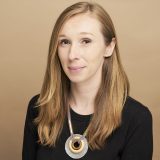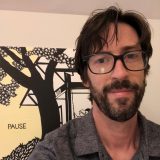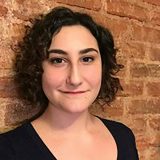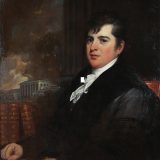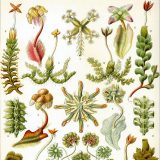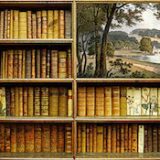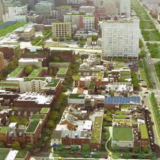"Mournful Relics" through Foreign Eyes: Envisioning Land Degradation on Nineteenth-Century Brazilian Coffee Fazendas
Caroline L. Gillaspie, 2020 CUNY-NYBG Fellow, is a Ph.D. Candidate in the Art History department at the CUNY Graduate Center specializing in nineteenth-century art of the United States and Latin America.
Her dissertation examines the visual culture of coffee harvesting in Brazil alongside coffee consumption in the United States with a primary focus on paintings and prints. This dissertation chronicles artistic representation of the coffee cycle, exploring plantation landscapes of coffee cultivation, images of coffee harvesting by enslaved laborers, cityscapes of North American coffee houses, and scenes of U.S. coffee drinking and advertising. In addition to aid from The New York Botanical Garden’s Humanities Institute, Caroline’s research has also been supported by the CUNY Graduate Center, Patricia Phelps de Cisneros Foundation, American Antiquarian Society, Library Company of Philadelphia/Historical Society of Pennsylvania, Terra Foundation for American Art, and Winterthur Museum, Garden, and Library. As a Summer 2020 CUNY-NYBG Humanities Institute Fellow, Caroline advanced her research on coffee cultivation in Brazil. This research helps develop her analysis of depictions of coffee fazendas (farms) in Brazil and the environmental degradation and labor exploitation that occurred on these plantations.

